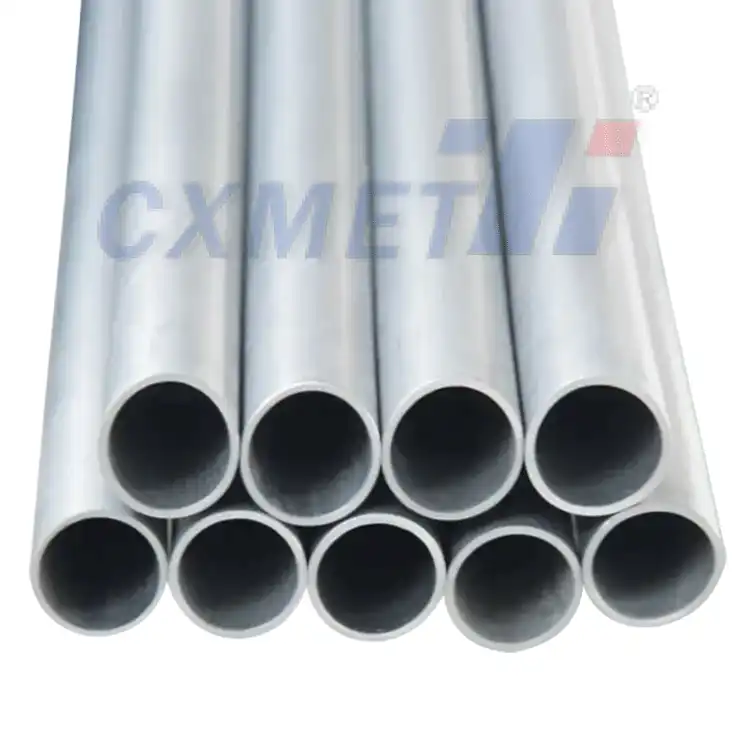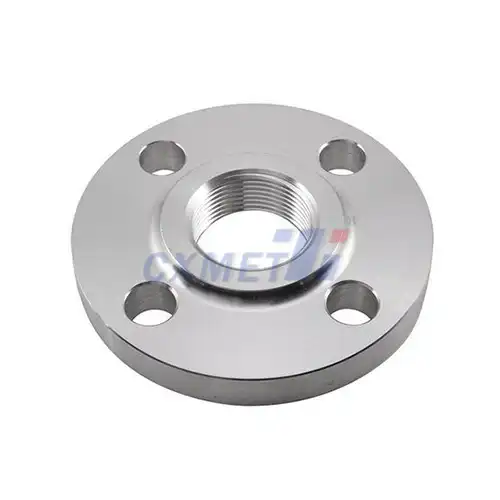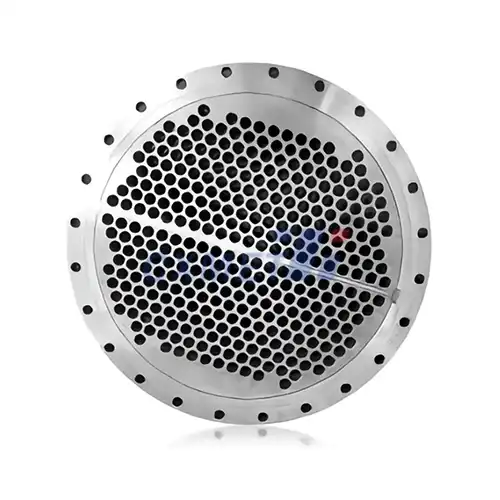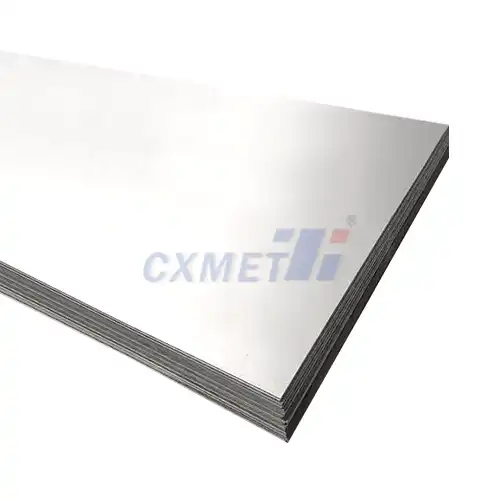- English
- French
- German
- Portuguese
- Spanish
- Russian
- Japanese
- Korean
- Arabic
- Greek
- German
- Turkish
- Italian
- Danish
- Romanian
- Indonesian
- Czech
- Afrikaans
- Swedish
- Polish
- Basque
- Catalan
- Esperanto
- Hindi
- Lao
- Albanian
- Amharic
- Armenian
- Azerbaijani
- Belarusian
- Bengali
- Bosnian
- Bulgarian
- Cebuano
- Chichewa
- Corsican
- Croatian
- Dutch
- Estonian
- Filipino
- Finnish
- Frisian
- Galician
- Georgian
- Gujarati
- Haitian
- Hausa
- Hawaiian
- Hebrew
- Hmong
- Hungarian
- Icelandic
- Igbo
- Javanese
- Kannada
- Kazakh
- Khmer
- Kurdish
- Kyrgyz
- Latin
- Latvian
- Lithuanian
- Luxembou..
- Macedonian
- Malagasy
- Malay
- Malayalam
- Maltese
- Maori
- Marathi
- Mongolian
- Burmese
- Nepali
- Norwegian
- Pashto
- Persian
- Punjabi
- Serbian
- Sesotho
- Sinhala
- Slovak
- Slovenian
- Somali
- Samoan
- Scots Gaelic
- Shona
- Sindhi
- Sundanese
- Swahili
- Tajik
- Tamil
- Telugu
- Thai
- Ukrainian
- Urdu
- Uzbek
- Vietnamese
- Welsh
- Xhosa
- Yiddish
- Yoruba
- Zulu
What Is A Titanium Lap Joint Flange And How Is It Used?
2025-02-25 11:31:14
A titanium lap joint flange is a specialized type of flange made from titanium, designed to create a secure connection between two pipes or components in various industrial applications. These flanges are particularly valued for their exceptional strength-to-weight ratio, corrosion resistance, and ability to withstand extreme temperatures and pressures. Titanium lap joint flanges are commonly used in industries such as chemical processing, aerospace, marine engineering, and oil and gas, where high performance and reliability are crucial.
|
|
|
What are the advantages of using titanium lap joint flanges in industrial applications?
Titanium lap joint flanges offer numerous advantages in industrial applications, making them a preferred choice for many engineers and manufacturers. Here are some of the key benefits:
- Exceptional Corrosion Resistance: Titanium is renowned for its excellent corrosion resistance, particularly against aggressive chemicals, seawater, and other corrosive environments. This property makes titanium lap joint flanges ideal for use in chemical processing plants, offshore oil rigs, and desalination facilities. The natural oxide layer that forms on titanium's surface provides an additional barrier against corrosion, ensuring long-term reliability and reduced maintenance costs.
- High Strength-to-Weight Ratio: Titanium boasts an impressive strength-to-weight ratio, which means that titanium lap joint flanges can provide the same or better performance than their steel counterparts while being significantly lighter. This characteristic is particularly valuable in aerospace and marine applications, where weight reduction is crucial for improved fuel efficiency and overall performance.
- Temperature Resistance: Titanium lap joint flanges can withstand a wide range of temperatures, from cryogenic conditions to high-temperature environments. This versatility makes them suitable for use in various industrial processes, including those involving extreme temperature fluctuations.
- Biocompatibility: In medical and pharmaceutical applications, the biocompatibility of titanium is a significant advantage. Titanium lap joint flanges can be used in equipment and piping systems where contact with biological materials or pharmaceuticals is a concern, ensuring no adverse reactions or contamination.
- Low Thermal Expansion: Titanium has a relatively low coefficient of thermal expansion compared to many other metals. This property helps maintain the integrity of connections and seals in systems that experience temperature fluctuations, reducing the risk of leaks or joint failures.
- Durability and Longevity: The combination of corrosion resistance, strength, and temperature tolerance contributes to the exceptional durability of titanium lap joint flanges. This longevity translates to reduced replacement frequency and lower lifecycle costs for industrial equipment and systems.
These advantages make titanium lap joint flanges an excellent choice for critical applications where performance, safety, and long-term reliability are paramount. While the initial cost of titanium flanges may be higher than some alternatives, the long-term benefits often outweigh the upfront investment, especially in demanding industrial environments.
How does the installation process of titanium lap joint flanges differ from other materials?
The installation process of titanium lap joint flanges requires careful attention to detail and specific considerations due to the unique properties of titanium. While the general principles of flange installation apply, there are several key differences and precautions to keep in mind:
- Surface Preparation: Titanium's surface is sensitive to contamination, which can affect its corrosion resistance. Before installation, it's crucial to clean the flange surfaces thoroughly using appropriate solvents or cleaning agents that won't leave residues. Avoid using chlorinated solvents, as they can potentially cause stress corrosion cracking in titanium.
- Handling and Storage: Titanium lap joint flanges should be handled with care to prevent surface scratches or damage. Use clean gloves and avoid contact with carbon steel tools or surfaces, as iron contamination can lead to galvanic corrosion. Store the flanges in a clean, dry environment to prevent contamination before installation.
- Gasket Selection: Choose gaskets that are compatible with titanium and suitable for the specific application. PTFE (Teflon) gaskets are often used with titanium flanges due to their chemical resistance and ability to conform to surface irregularities. Avoid using graphite gaskets, as they can cause galvanic corrosion when in contact with titanium.
- Bolt Material and Lubrication: Use bolts and nuts made from materials compatible with titanium, such as titanium itself or nickel alloys like Inconel. Avoid using steel fasteners unless they are properly coated or isolated to prevent galvanic corrosion. When lubricating bolts, use a nickel-based anti-seize compound to prevent galling and ensure proper torque application.
- Torque Application: Titanium has a lower modulus of elasticity compared to steel, which means it's more flexible. This property requires careful attention to bolt torque specifications. Generally, lower torque values are used for titanium flanges compared to steel flanges of the same size. Follow manufacturer recommendations or engineering specifications for the correct torque values.
- Incremental Tightening: To ensure even gasket compression and prevent flange distortion, use a cross-bolting pattern and tighten the bolts in multiple passes. Start with hand-tightening, then progress through 30%, 60%, and 100% of the specified torque, checking the flange gap for uniformity at each stage.
- Temperature Considerations: If the titanium lap joint flange will be used in high-temperature applications, consider the differential thermal expansion between the flange, bolts, and connected piping. This may require special attention to bolt preload and the use of spring washers or other load-maintaining devices.
- Welding Precautions: If welding is required during installation, special care must be taken. Titanium is highly reactive at high temperatures and can easily absorb atmospheric gases, leading to embrittlement. Use proper shielding gas techniques and ensure the weld area is free from contaminants. Only qualified welders experienced with titanium should perform these operations.
By following these guidelines and consulting with manufacturers or experienced engineers, the installation of titanium lap joint flanges can be carried out successfully, ensuring optimal performance and longevity of the connection. It's important to note that while the installation process may require additional care and specialized knowledge, the benefits of using titanium flanges in demanding applications often justify the extra effort.
|
|
|
What are the key factors to consider when selecting titanium lap joint flanges for specific applications?
Selecting the appropriate titanium lap joint flange for a specific application is crucial to ensure optimal performance, safety, and cost-effectiveness. Several key factors should be considered during the selection process:
- Operating Conditions:
- Pressure: Determine the maximum operating pressure and any pressure fluctuations the flange will experience. Ensure the selected flange has a pressure rating that exceeds the system's requirements with an appropriate safety factor.
- Temperature: Consider both the normal operating temperature and any potential temperature extremes. Titanium's properties can change at very high temperatures, so it's essential to select a grade suitable for the expected temperature range.
- Chemical Environment: Assess the corrosiveness of the media the flange will be exposed to. While titanium is generally highly corrosion-resistant, certain chemicals or combinations may require specific titanium grades or additional protective measures.
- Titanium Grade Selection:
- Grade 2 (Commercially Pure): Suitable for most general corrosive environments and moderate strength applications.
- Grade 5 (Ti-6Al-4V): Offers higher strength and is often used in aerospace and high-performance applications.
- Grade 7 or 11: Provide enhanced corrosion resistance, particularly against reducing acids and chloride environments.
- Other specialized grades may be considered based on specific application requirements.
- Flange Size and Rating: Determine the required pipe size and select a flange with the appropriate dimensions and rating. Consider factors such as:
- Nominal pipe size
- Pressure class (e.g., 150#, 300#, 600#)
- Face type (e.g., raised face, flat face)
- Bolt pattern and hole size
- Compatibility with Connected Components: Ensure the selected titanium lap joint flange is compatible with the piping system and other components it will be connected to. Consider:
- Material compatibility to prevent galvanic corrosion
- Thermal expansion differences
- Sealing surface finish requirements
- Regulatory Compliance and Standards: Verify that the selected flange meets relevant industry standards and regulatory requirements, such as:
- ASME B16.5 for flange dimensions and ratings
- ASTM B381 for titanium forgings
- Pressure Equipment Directive (PED) for applications in Europe
- NACE MR0175/ISO 15156 for sour service in oil and gas applications
- Cost Considerations: While titanium lap joint flanges offer excellent performance, they can be more expensive than flanges made from other materials. Evaluate the long-term benefits against the initial cost:
- Consider lifecycle costs, including reduced maintenance and longer service life
- Assess the potential cost of failure in critical applications
- Compare the cost of titanium flanges with alternatives, factoring in weight savings and performance benefits
- Availability and Lead Time: Titanium flanges may have longer lead times compared to more common materials. Consider:
- Stock availability for standard sizes and ratings
- Lead time for custom or less common configurations
- Alternative options if titanium flanges are not readily available within project timelines
- Installation and Maintenance Requirements: Consider the specific needs for installation and ongoing maintenance:
- Specialized tools or procedures required for installation
- Training needs for personnel handling titanium components
- Inspection and maintenance schedules
By carefully considering these factors, engineers and procurement specialists can select the most appropriate titanium lap joint flange for their specific application. It's often beneficial to consult with flange manufacturers or materials experts to ensure the best selection, especially for critical or unique applications. The right choice will result in a reliable, long-lasting, and high-performance connection that can withstand demanding industrial environments while providing excellent value over the life of the system.
At SHAANXI CXMET TECHNOLOGY CO., LTD, we take pride in our extensive product range, which caters to diverse customer needs. Our company is equipped with outstanding production and processing capabilities, ensuring the high quality and precision of our products. We are committed to innovation and continuously strive to develop new products, keeping us at the forefront of our industry. With leading technological development capabilities, we are able to adapt and evolve in a rapidly changing market. Furthermore, we offer customized solutions to meet the specific requirements of our clients. If you are interested in our products or wish to learn more about the intricate details of our offerings, please do not hesitate to contact us at sales@cxmet.com. Our team is always ready to assist you.
|
|
|
References
- ASTM International. (2021). ASTM B381 - Standard Specification for Titanium and Titanium Alloy Forgings.
- American Society of Mechanical Engineers. (2020). ASME B16.5 - Pipe Flanges and Flanged Fittings.
- Titanium Industries, Inc. (n.d.). Titanium Flanges. Retrieved from https://www.titanium.com/products/titanium-flanges/
- Sandvik Materials Technology. (n.d.). Titanium alloys - properties and selection. Retrieved from https://www.materials.sandvik/en/materials-center/material-articles/titanium-alloys/
- American Welding Society. (2018). AWS D1.9/D1.9M:2018 - Structural Welding Code - Titanium.
- NACE International. (2015). NACE MR0175/ISO 15156 - Materials for use in H2S-containing environments in oil and gas production.
- European Commission. (2014). Pressure Equipment Directive 2014/68/EU.
- Lutjering, G., & Williams, J. C. (2007). Titanium (2nd ed.). Springer-Verlag Berlin Heidelberg.
- Donachie, M. J. (2000). Titanium: A Technical Guide (2nd ed.). ASM International.
- Peters, M., Hemptenmacher, J., Kumpfert, J., & Leyens, C. (2003). Titanium and Titanium Alloys: Fundamentals and Applications. Wiley-VCH.









